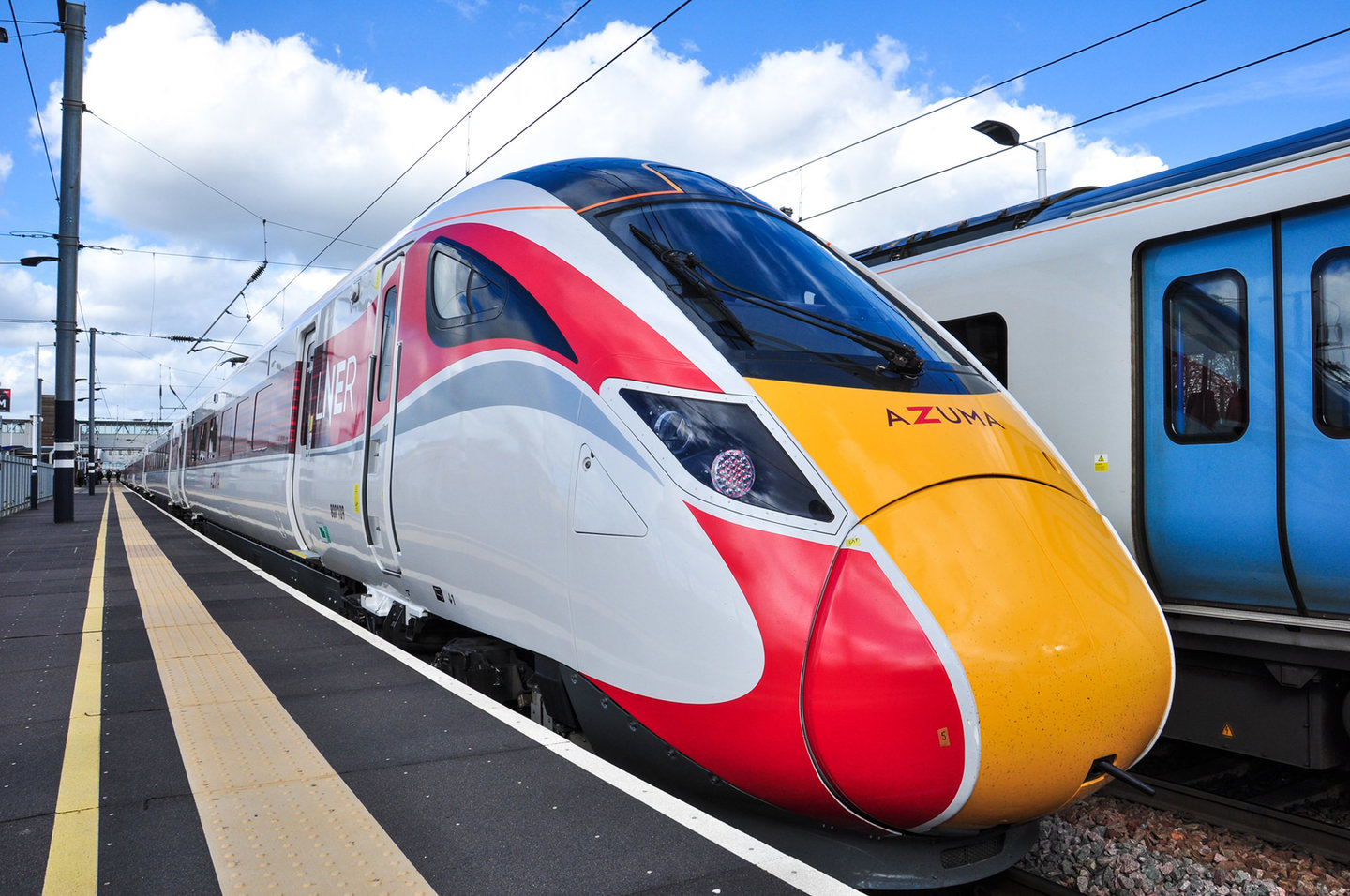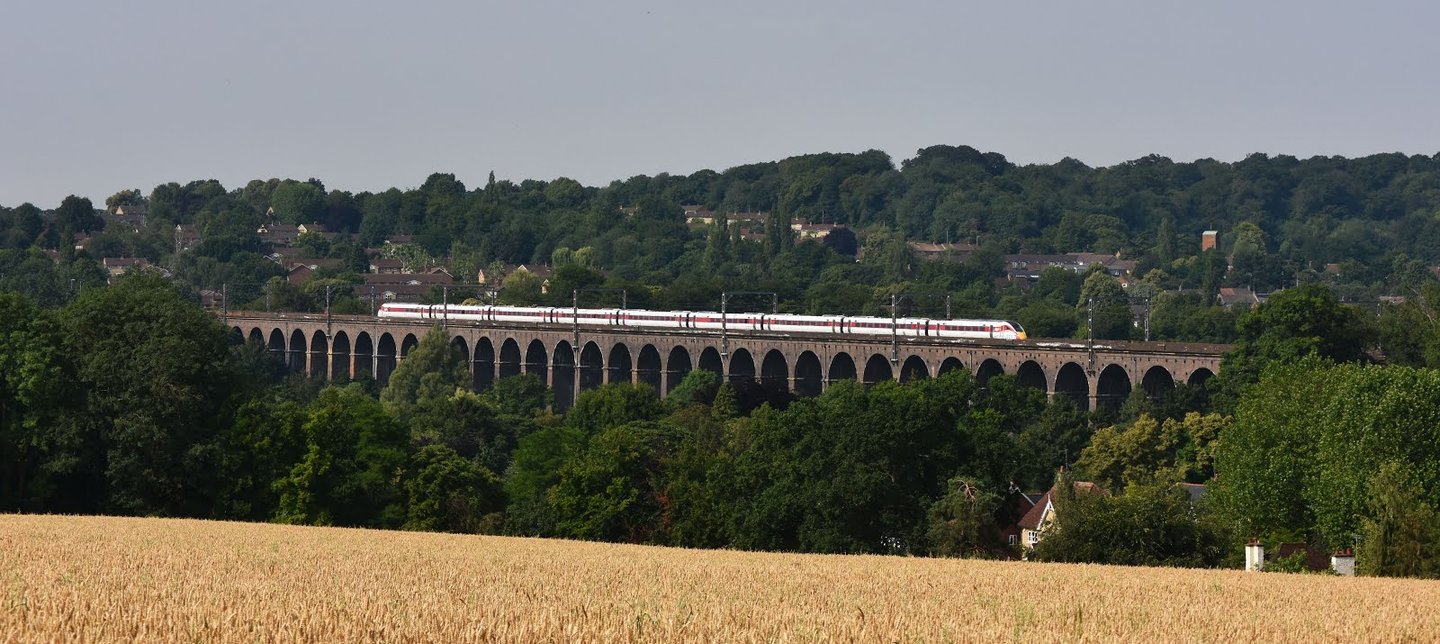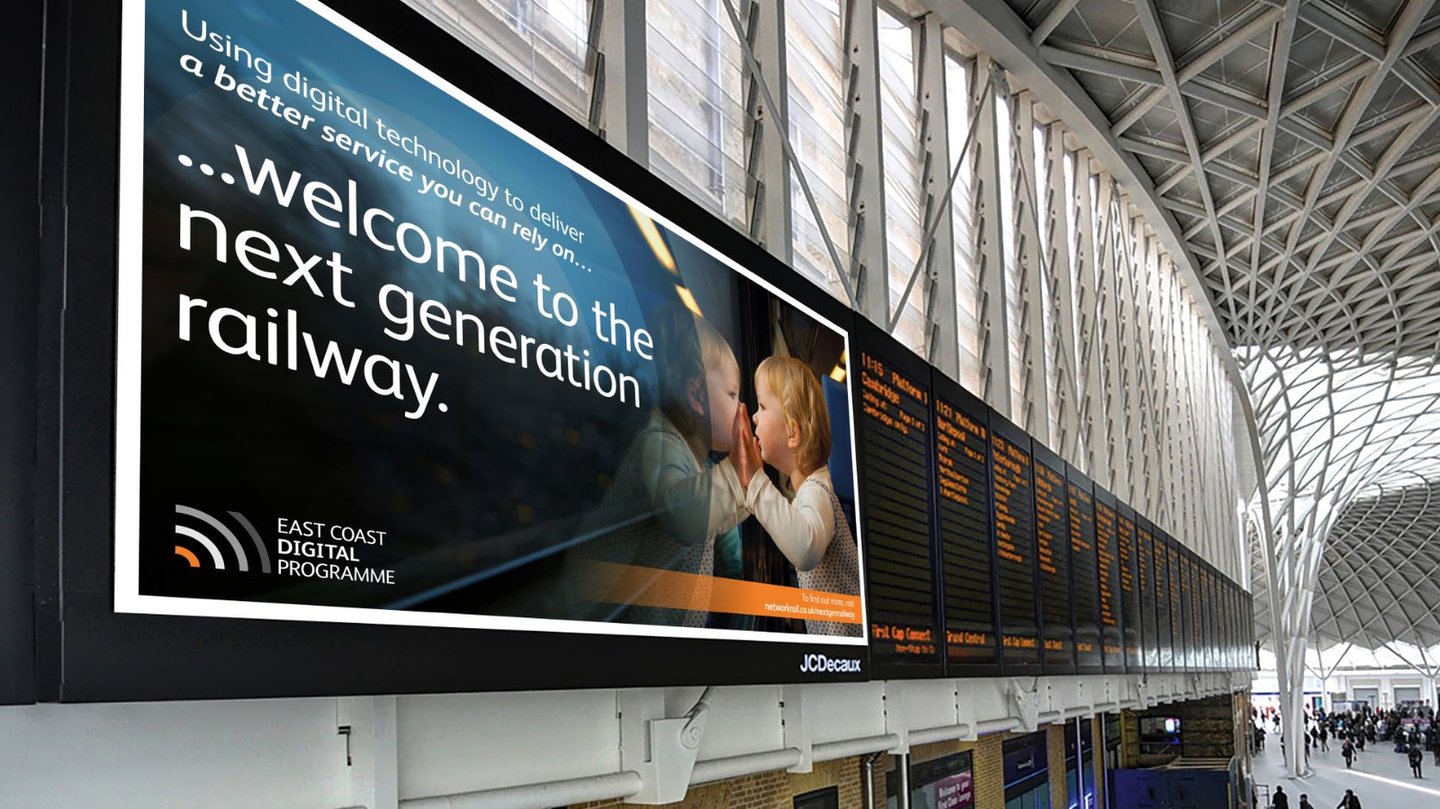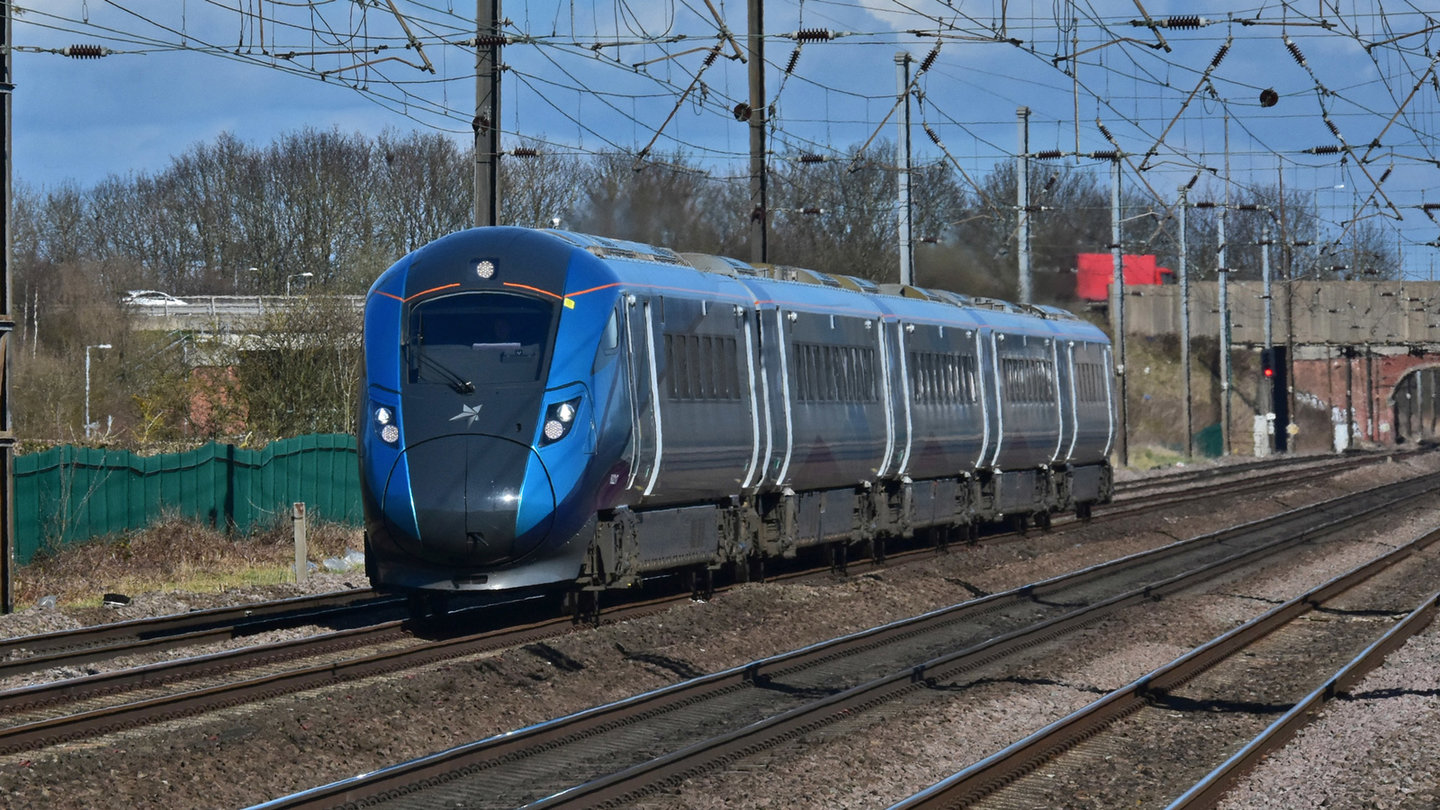Continuous in-cab communication means you manage the railway in a fundamentally different way
Signs of the times: digitalising signalling on the ECML
The ECML remains critical to the UK economy. A third of the population lives within 20 minutes’ reach of one of its stations, together producing 41% of the total UK’s GDP. The line carries more than 80 million passenger journeys, and tens of millions of freight tonnes, worth £30bn, every year.
As with many of the UK’s primary rail routes, the last major signalling upgrades on the ECML took place back in the 1970s and 1980s, with most of them being large electromechanical-powered signal boxes.
The underlying case for using the ECML as a testbed for real-time, in-cab signalling therefore came from an urgent need to replace these legacy systems, coupled with the fact that around 70% of the trains on the line were already fitted with the technology following a recent round of procurements.

An LNER Class 800 Azuma during a test run in Peterborough, UK in 2019. Image: Peter Moulton | Shutterstock.com
“The government procured new trains specified for ETCS, from the Azuma 800 series trains to the Siemens 700 Series fleet used by Thameslink,” explains Machnouk. “So the ECML was always seen as one of the first major routes that we could do this because the train procurements had been done some time back.”
The way signalling works hasn’t changed all that much in a century. Trains travelling at high speed along the same piece of track take a long time to stop. To keep them apart, the track is divided into fixed sections, or signal blocks. The trackside signals tell drivers how far they are from the next train.
The way the railway is operated is dictated by the size of the signal blocks, as the trains are only told what to do at these fixed points. The system cannot tell the difference between a passenger train and freight one, resulting in major inefficiencies and delays, particularly on busy, mixed-use routes.
By replacing these legacy systems with ETCS in-cab train control and traffic management, the system is in constant, real-time communication with the trains, resulting in more a more responsive and dynamic network, where train speed is continually supervised by the system for increased safety.

New trains on old infrastructure at Digswell viaduct. Image: Network Rail.
“Keeping trains moving is key, because anything that stops them or slows them down substantially destroys performance, especially as the railway network gets busier,” explains Machnouk.
“In-cab digital technology allows you to communicate movement authority changes to the train without the train having to see that signal – those little gains are huge in terms of performance. The system can help relieve overcapacity on busy railways such as the ECML, and create more if there is a bottleneck.
“There is a step-change here in what the rail system can do, because it is no longer constrained by fixed signals on the ground; instead, it is designed around the capability of the individual trains. Continuous in-cab communication means you manage the railway in a fundamentally different way.”
Strategic partnerships: a new approach to procurement
Machnouk is also at pains to talk about the bigger picture, in that the ECDP represents a radical shift in how rail projects are planned and delivered, one that eschews the traditional procurement model in favour of collaborative working between strategic partners across the entire project life cycle.
Network Rail began sourcing private sector partners to help deliver the programme in September 2018. The procurement process recently concluded with Siemens Mobility confirmed as train control partner and traffic management partner, and Atkins as rail systems integration partner.

The ETCS promises a more responsive and dynamic network, where train speed is continually supervised to increase safety. Image: Network Rail.
“The change isn’t just around project activity, it is around business activity,” stresses Machnouk. “It involves Network Rail, the four network train operators, seven freight operators, plus routes services that deliver on-track maintenance trains. To make ETCS deployment plausible now and in the future requires a whole host of change activity across 13 organisations – a seriously tough undertaking.”
“Our experience told us that a conventional procurement process wasn’t fit for purpose for this. So, the ECDP became about demonstrating and proving the value of this industry partnership approach, gaining inspiration and setting the mould for how this type of digital project can be done in future.
“By bringing operations and technology closer together, the programme is about making all these strategic objectives business as usual going forward. Finally, there’s a whole life-term cost dynamic; doing away with the heavy civil engineering aspect of signalling has huge benefits in terms of cost.”
The ECDP is about demonstrating and proving the value of this industry partnership approach
Covid-19 will have some impact, of course, but the UK rail network is changing
The impact of Covid-19: is the ECDP still on track?
I ask Machnouk if increased automation on the ECML will result in redundancies, and what impact Covid-19 may have on Network Rail and partners’ ability to deliver the ECDP on time and on budget.
“For ECDP, redundancies are not part of the agenda,” he says. “The point of this is to deliver a more capable, efficient, higher-performing system, one that will relieve some of the pressures of resourcing and managing a busy railway with ageing assets. Off the back of that comes elements of automation and technology, so there is an upskilling in terms of how we operate and maintain this, a new relationship between frontline response, and maintenance and backend supplier support.”
Network Rail plans to showcase the real-time, in-cab signalling on the four-mile stretch of the Northern City Line first, and will use what it learns from the experience while rolling the technology out across the first area of the East Coast Mainline South at the back end of CP6.

A new Hitachi Nova1 passenger train travelling on the East Coast Mainline in March 2020. Image: M Barratt | Shutterstock.com
“Thereafter, the rollout becomes much easier,” he says. “The trains are all fitted, the drivers are all trained – we are then just rolling that infrastructure migration out across the railway, meaning we can optimise delivery and make that process repetitive, substantially reducing the associated costs.
“As for Covid-19, we are just mobilising the ECDP at this stage, so we have largely adapted to it,” he concludes. “In some ways, it came at the worst time because we were mobilising a new team and programme premised on partnership and intimacy – operations people talking to technology people.
“To some extent, it has created better ways of thinking. For example, we wanted to get the engineers riding in the train cabs, so they can see what the driver sees and understand the system from an operational perspective. We have done this through screen sharing a virtual simulation recorded in cabs, which actually means it is available to a larger audience.
“Covid-19 will have some impact, of course, but the UK rail network is changing, and we are really keen not to push this change programme back. We don’t want things to move to the right.”
